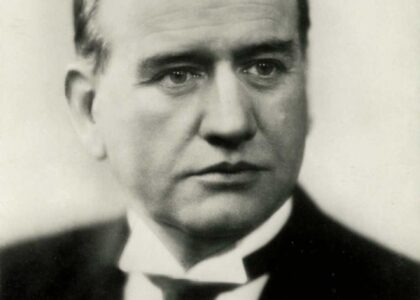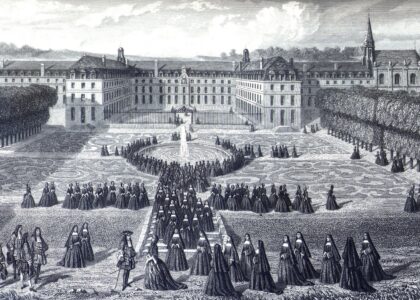Welcome to Lawrence’s Textile Legacy, a cornerstone in the industrial history of New England. Located in Lawrence, Massachusetts, this area was once at the heart of America’s industrial revolution, particularly in the textile industry. Founded in the mid-19th century, Lawrence quickly became a bustling hub of manufacturing, drawing workers from all over the world.
The story begins in the early 1840s when the Essex Company, a group of Boston industrialists, saw the potential in the Merrimack River’s powerful waters. They established Lawrence in 1845, naming it after one of their principal investors, Abbott Lawrence. The town was designed as a model industrial city, with mills powered by the river’s current, which was controlled by a dam and canal system. This setup attracted a massive influx of immigrants, primarily from Ireland, Italy, and later Eastern Europe, seeking work in the burgeoning mills.
One of the most significant events in Lawrence’s history was the Bread and Roses Strike of 1912. This pivotal labor strike involved over 20,000 workers, predominantly women, who walked out of the mills demanding better pay and working conditions. The strike was notable not only for its scale but also for its success, resulting in a 15% wage increase and better working conditions. This event highlighted the growing strength of labor movements and set a precedent for workers’ rights across the country.
Influential figures such as labor leader Joseph Ettor and activist Elizabeth Gurley Flynn played vital roles during the strike, organizing and rallying workers across ethnic divides. Their efforts helped to unify the diverse workforce, making the strike a powerful symbol of solidarity and resistance.
As the 20th century progressed, the textile industry in Lawrence faced challenges due to competition from the southern United States and overseas markets. By the mid-20th century, many mills had closed, marking the end of an era. However, the legacy of Lawrence’s textile industry remains evident in the city’s architecture and cultural fabric.
Today, Lawrence is a vibrant multicultural city, with former mill buildings repurposed for modern use, housing businesses, apartments, and cultural centers. The city celebrates its rich history through events and museums that keep the spirit of the industrial revolution and labor rights movement alive.
As you explore Lawrence, you’ll find stories etched in the brick facades of the mill buildings, whispers of the past in the canals that once powered the loom, and a community that continues to thrive and evolve. The legacy of Lawrence’s textile industry is not just a story of economic transformation but also a testament to the enduring spirit of its people.





